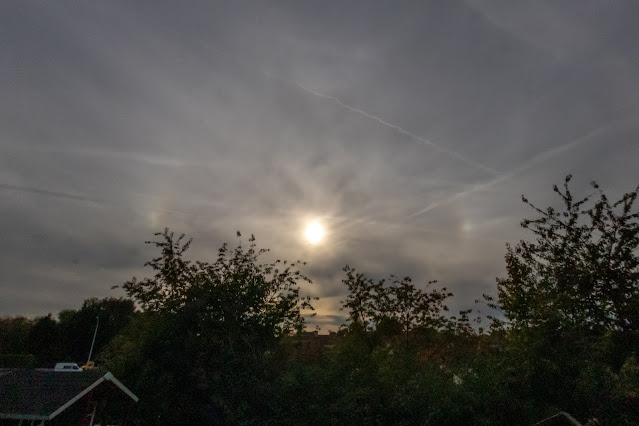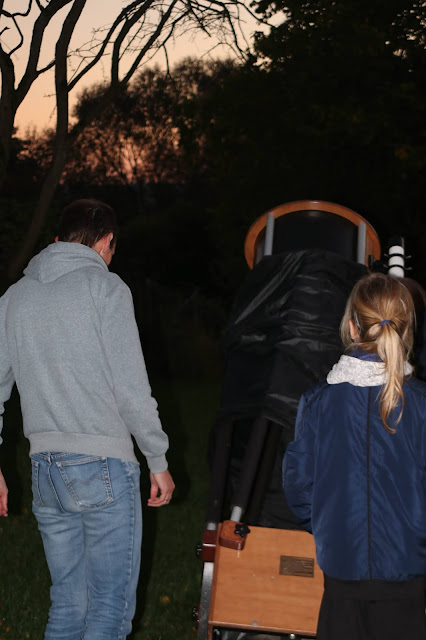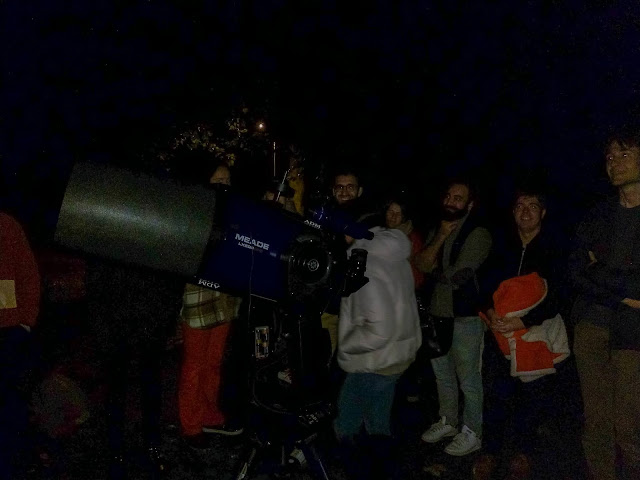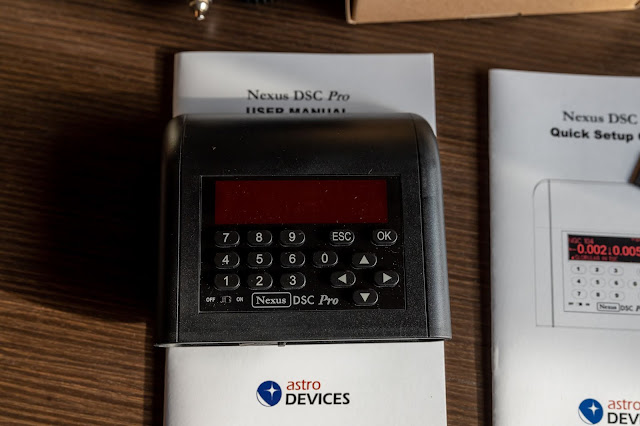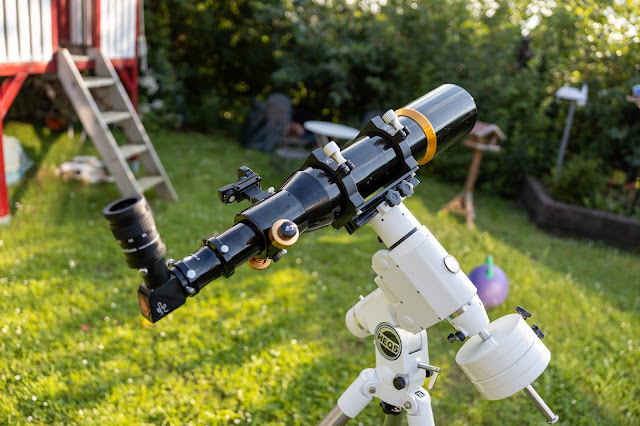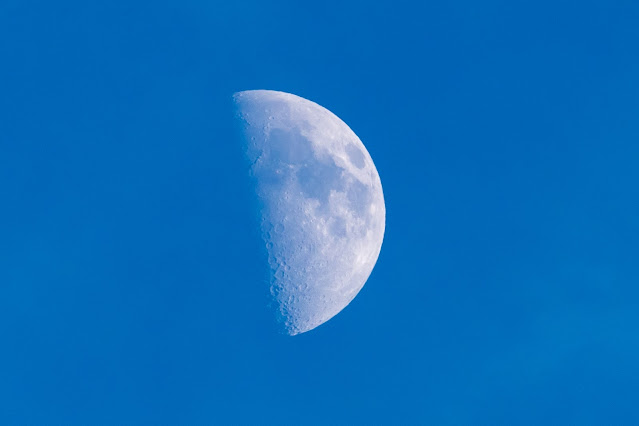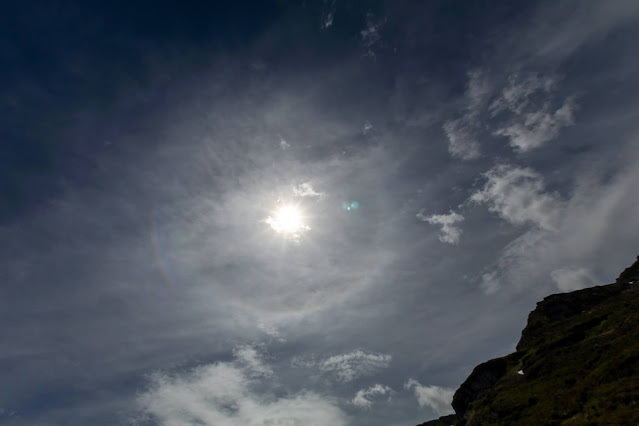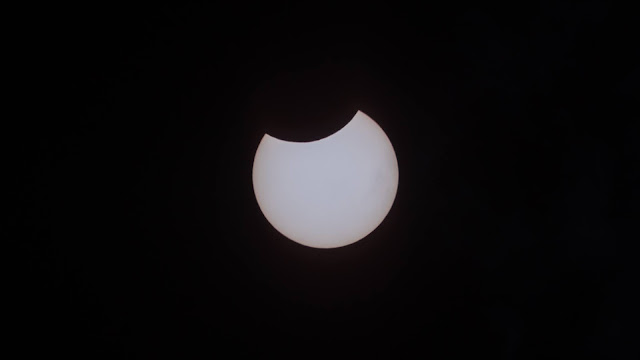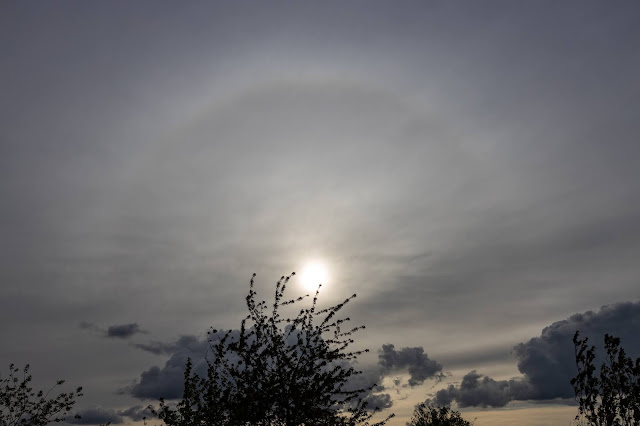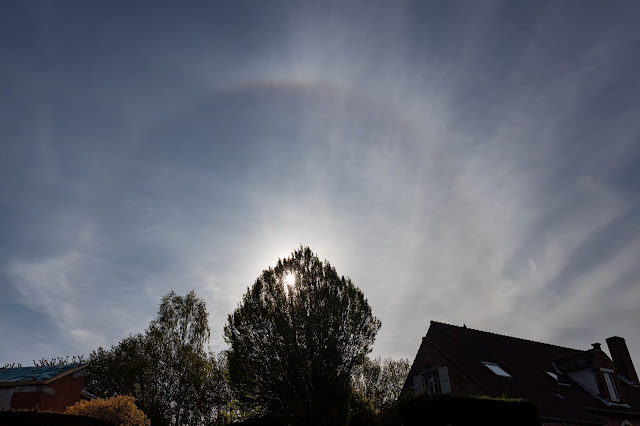Work trip to La Palma
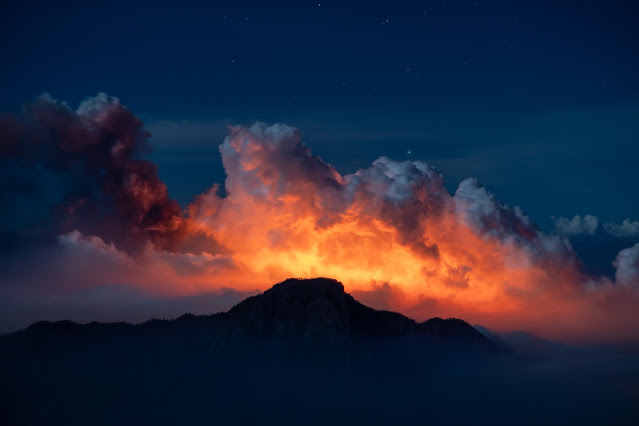
During the week from November 21, 2021 to November 28, I went to La Palma to upgrade the Mercator Observatory Control System (MOCS) to a new version. Because the Cumbre Vieja volcano was still eruption, the trip to La Palma was a real adventure! We departed Brussels around noon on November 21, but when we arrived in Madrid, there were no flights to La Palma anymore, because the airport was closed. After spending a few hours waiting, we were put on the waiting list for the first flight to Tenerife on Monday. As there were a lot of people on the waiting list, we could not get on the plane, so we had to rethink our plans again. They wanted to put us on the waiting list for the next flight to Tenerife, but as we could not be sure that we could get on the flight, we asked to rebook us to Gran Canaria. From Gran Canaria, we took a Binter Canarias flight to Tenerife and on Tenerife, we took a bus from Tenerife Norte to Los Cristianos. There we could take the boat to La Palma. We arriv

